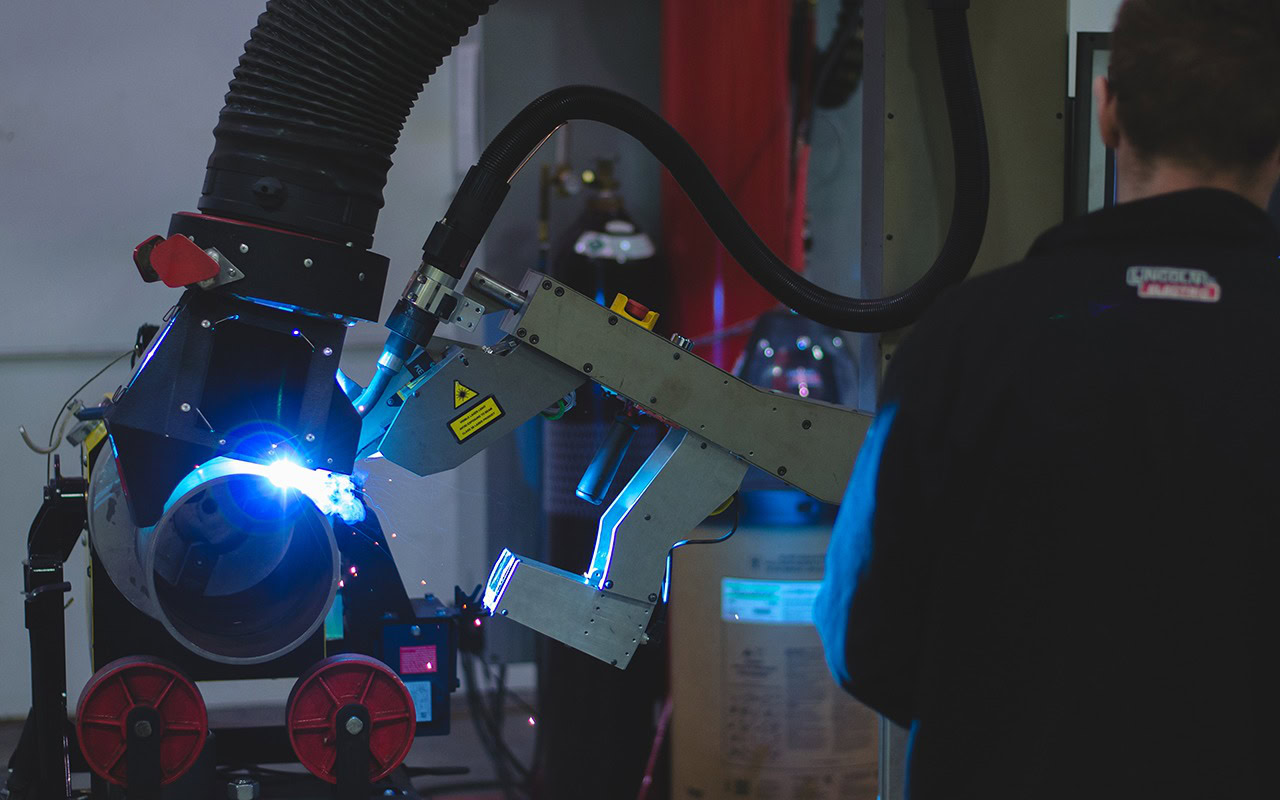The market for collaborative robots, or cobots, is the fastest growing segment of industrial robotics, and is predicted to reach $3 billion in global revenue in as early as 2020. This rapid growth is believed to be driven by multiple factors, such as diversification of customer demand, growth in the global economy, and expansion of Industry 4.0. Although cobots are being used in industrial applications more than ever, the difference between cobots and industrial robots are still not clear to many.
What is a cobot?
A cobot is essentially a robot that physically interacts with people in a workplace. Cobots can assist workers in performing tasks that: pose a risk to people’s safety; require great precision; are time-consuming; or can only be done by scarce, highly-skilled workers. The use of cobots generally results in creating a much safer work environment, and significantly increasing productivity and production capacity.
Here are 4 key benefits of using cobots in industrial applications:
- Putting people first
Whereas robots generally replace human workers and can threaten their job security, cobots work with employees, and are capable of creating more jobs by allowing junior workers to perform tasks that can only be done by highly skilled workers. Novarc’s Spool Welding Robot (SWR) is an example of a collaborative robot that helps address the growing labour shortage in the welding industry. Currently there just aren’t enough qualified highly skilled pipe welders to manage the work, therefore collaborative robots will help those in the field do more with less.
- Safer work environment
Since cobots are designed with human involvement and collaboration in mind, they are generally very safe to work with. In the welding industry for example, welders are faced with numerous health hazards such as exposure to flashing by arc, UV light, carcinogenic fumes and excessive heat. The use of a collaborative robot, such as the SWR, creates a much safer work environment for the welders by reducing their exposure to the arc, the source of UF, heat, and fumes.
- Suitable for small and medium sized businesses
Larger companies with high production volumes usually go for a robotic-centred solutions, whereas small and medium sized businesses with lower production volume opt to manual labour to minimize their cost. With cobots, small and medium companies will be able to stay ahead of their competition and automate their production process without having to pay hefty prices for industrial robots.
- Flexible and scalable
Finally, one of the best advantages of using cobots is that they are easily scalable. While industrial robots require advanced programming skills to write codes for any new change in the process, cobots are very easily programmable, and some are even capable of learning on their own!
If you want to know how our collaborative Spool Welding Robot can help your business, download [download-attachment id=”8392″ title=”novarc brochure 2018″] or contact us.
